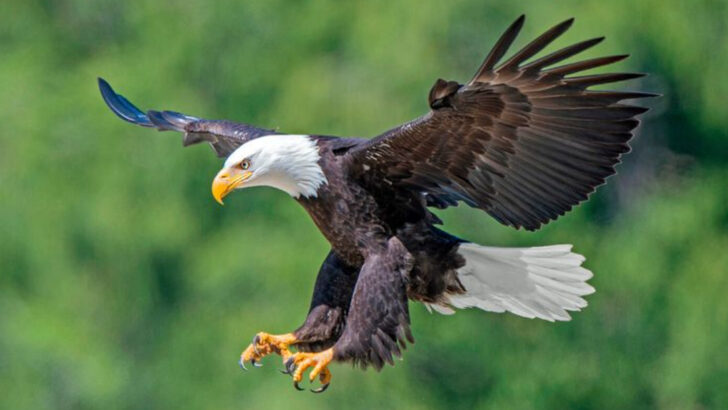They see you before you even know they’re there. While we squint to read a sign down the road, some animals are picking out dinner from a mile away—with no binoculars needed. From birds slicing through the skies to predators stalking silently through grasslands, these sharp-eyed hunters have vision that borders on superpowers. Their eyes aren’t just tools—they’re finely tuned weapons, scanning for the faintest twitch of movement or the shimmer of scales. You might think eagles top the list, but they’ve got fierce competition. Let’s meet the 12 animals whose eyesight can humble even the best human snipers.
Bald Eagle

With eyes as keen as a hawk’s, the bald eagle can spot a rabbit moving almost two miles away. These majestic birds rely on their exceptional vision during their hunts. Their retinas are packed with light-detecting cells, offering them a vibrant view of their world. In bright daylight, they can spot prey hidden among the foliage. This ability makes them incredible hunters and true symbols of power. Did you know that eagles can even see ultraviolet light? This allows them to detect traces that are invisible to many other predators.
Peregrine Falcon
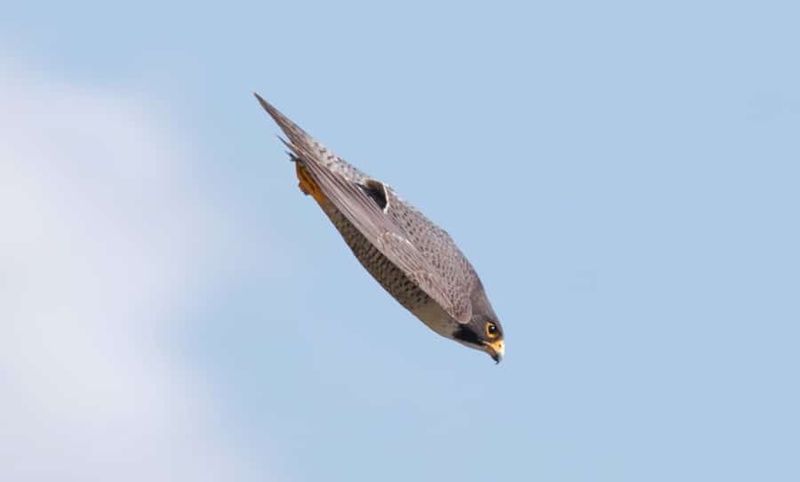
Diving at speeds over 240 mph, the peregrine falcon’s eyesight must be impeccable. These birds have one of the keenest visions in the animal kingdom. When swooping down on prey, their eyes lock onto targets from great distances. Their exceptional eye structure allows them to maintain focus at high speeds. Peregrine falcons have a unique ‘fovea’ that helps them track fast-moving prey. This specialized sight is crucial for their survival and hunting prowess.
Cheetah
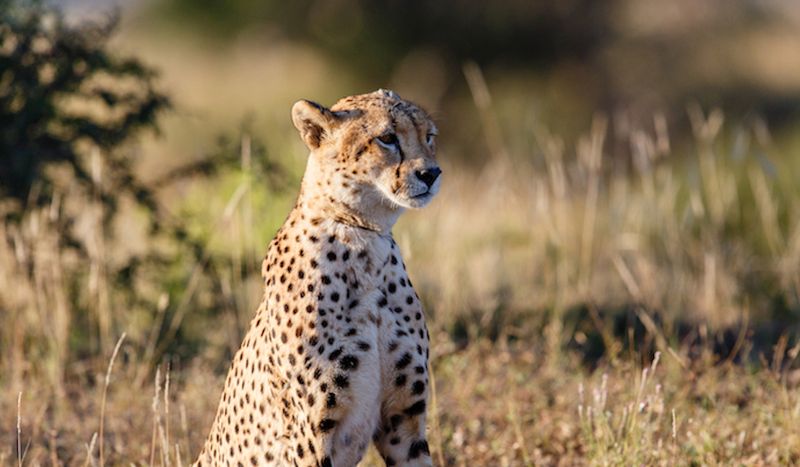
Fast and fierce, the cheetah’s eyes are its secret weapon. These big cats can spot prey from five kilometers away. Their keen vision aids in tracking the swift movements of antelopes and other prey. When sprinting, their eyes remain locked on target, ensuring a successful hunt. Their retinas contain a high number of rods, optimizing their sight for dim light. With eyes designed for accuracy, cheetahs are apex predators of the African plains.
Dragonfly
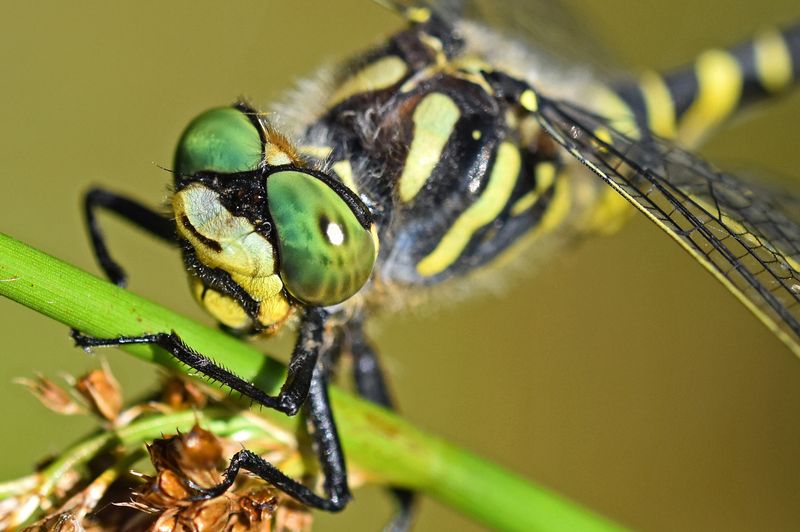
Dragonflies are nature’s aerial acrobats, with vision to match. Their compound eyes cover most of their heads, providing nearly 360-degree vision. This enables them to spot tiny insects from great distances. They see a broader spectrum of colors than humans, including ultraviolet. Their rapid reflexes and sharp vision make them efficient hunters. Dragonflies’ ability to detect polarized light aids in navigation and hunting, showcasing their evolutionary success.
Owls
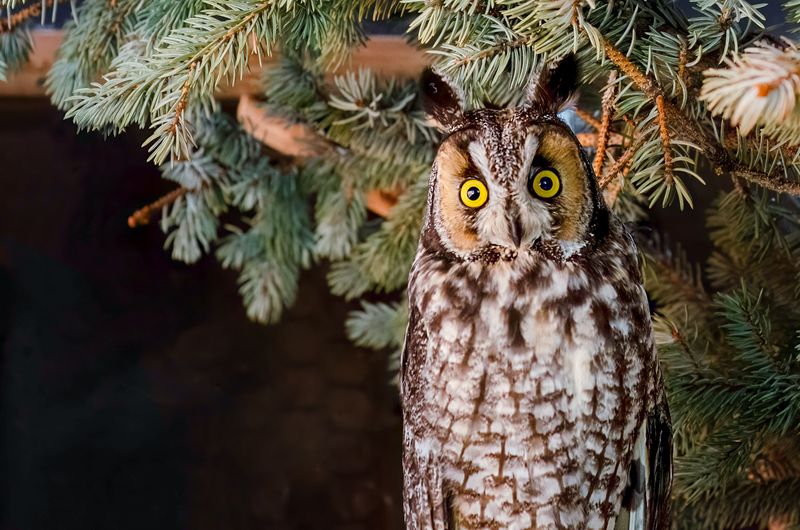
With eyes that dominate their heads, owls are masters of nocturnal vision. They can spot a mouse from half a mile away on a moonlit night. Their retinas have a high concentration of rod cells, allowing them to see in low light. This superior night vision is perfect for hunting. Owls have binocular vision, enabling precise depth perception. Their silent flight and sharp eyesight make them formidable nighttime predators.
Jumping Spider

Tiny yet mighty, the jumping spider’s eyes are its greatest asset. With eight eyes, these spiders have a near-complete field of view. Their principal eyes provide acute vision, detecting prey from afar. These agile hunters rely on visual cues, making quick decisions when pouncing. They can even recognize colors and patterns, aiding in complex hunting strategies. Despite their size, jumping spiders demonstrate remarkable predatory skills.
Golden Eagle
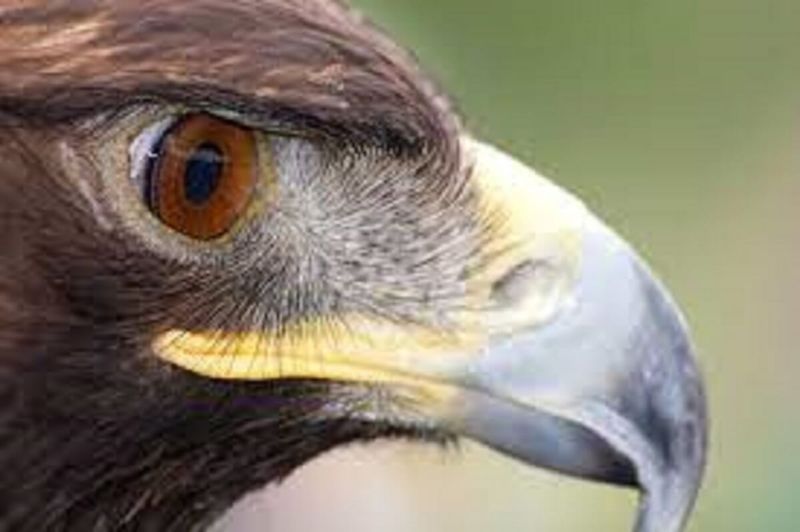
Golden eagles possess some of the sharpest eyesight in the animal world. From high altitudes, they can spot a rabbit or other small animals over a mile away. Their large eyes and excellent focus allow them to see in vivid detail. These raptors rely on their keen vision for hunting in diverse terrains. The golden eagle’s eyesight is vital for its aerial dominance, making it an iconic bird of prey.
Chameleons

Chameleons have the unique ability to move their eyes independently. This gives them a remarkable range of vision, crucial for spotting insects. Their eyes can pivot and focus separately, scanning for threats and food. Chameleons have a sharp vision to assess distances accurately. This unique eye structure aids in their stealthy approach and sudden strikes. Their vision is a key adaptation for survival in their habitats.
Sharks
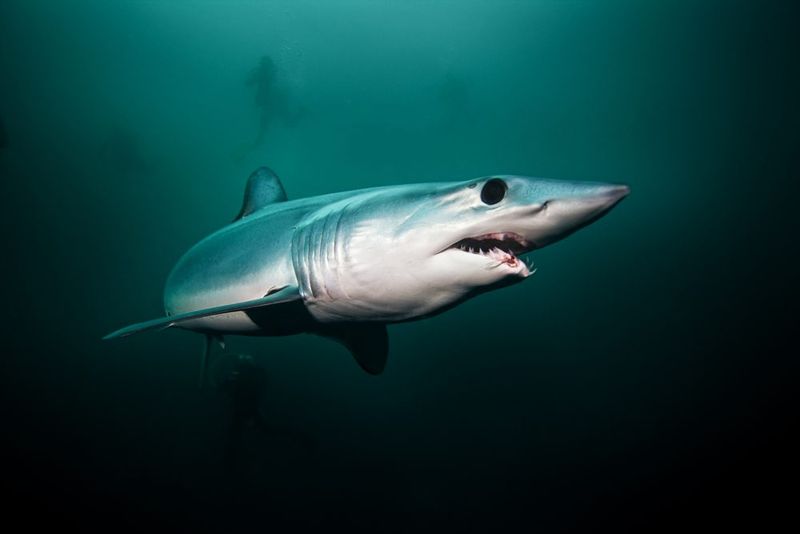
In the ocean depths, sharks are unrivaled hunters with acute vision. Their eyes are adapted for low-light conditions, seeing contrast and movement effectively. Sharks can detect prey from afar, aided by their sensitive vision. Their retinas are rich in rod cells, enhancing sight in dark waters. This keen eyesight, paired with other senses, makes sharks efficient predators.
Harpy Eagle
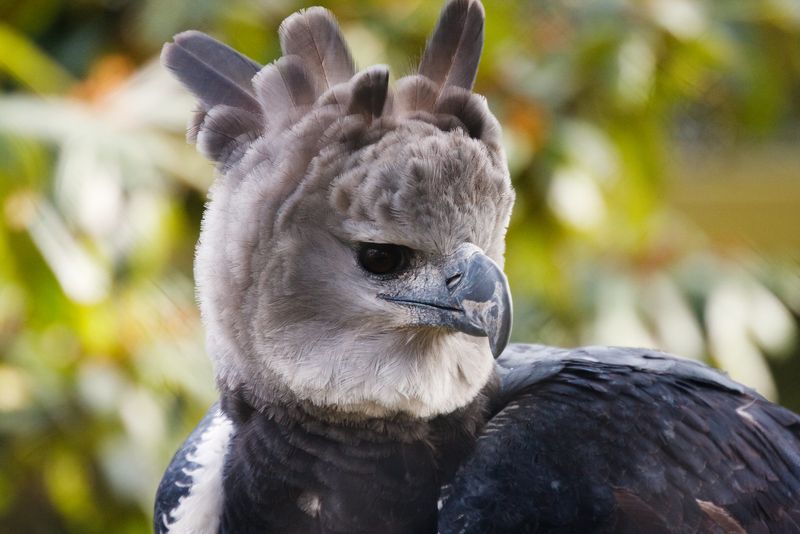
The harpy eagle, known for its strength, also boasts remarkable eyesight. It can spot a monkey or sloth from high in the canopy. Their large eyes enhance visual acuity, crucial for hunting in dense forests. Harpy eagles’ vision helps them navigate complex terrains and locate hidden prey. This exceptional sight is complemented by their powerful talons, making them apex predators.
Buzzards
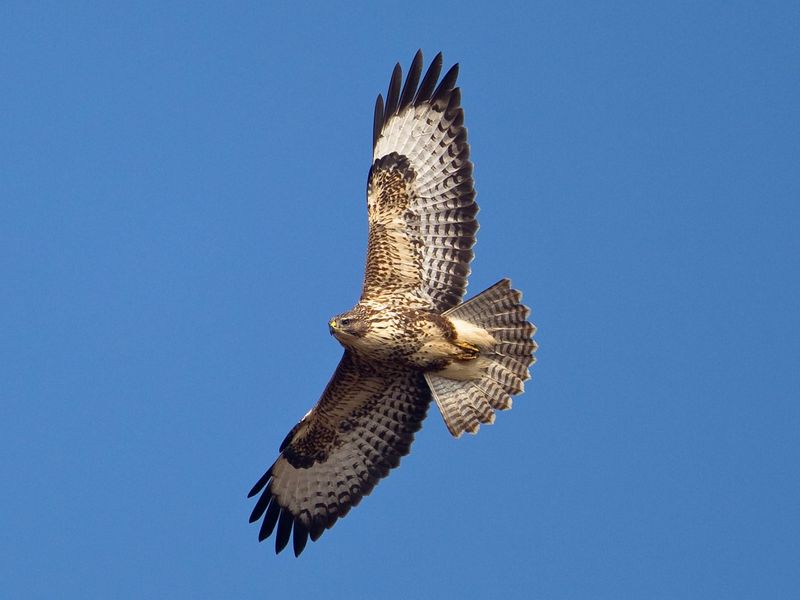
Buzzards are skilled hunters with eyesight tailored for spotting prey from above. They can detect small mammals in open fields, demonstrating their keen vision. Their eyes are adapted to focus on ground movements, essential for hunting. Buzzards have binocular vision, providing depth perception and accuracy. This predatory skill set makes them efficient hunters in varied environments.
Praying Mantis
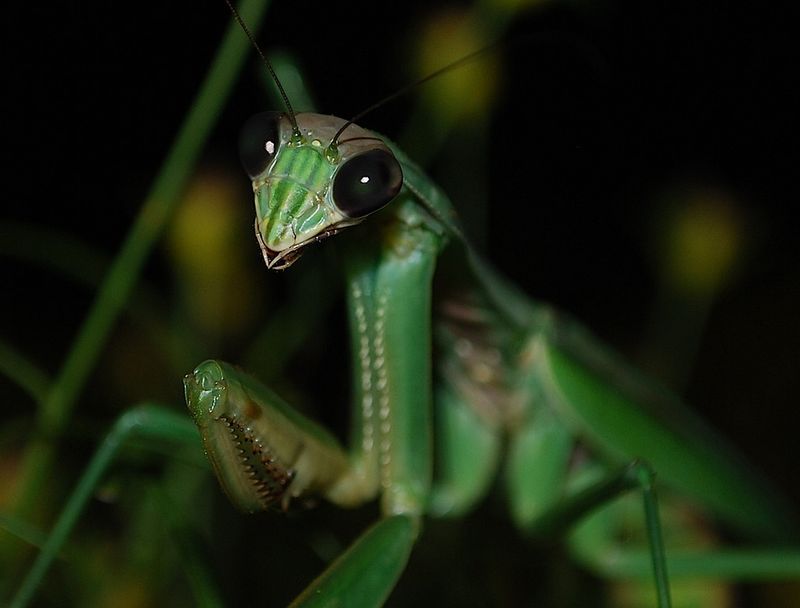
The praying mantis is a master of ambush, with sharp eyes aiding its stealth. Its two large compound eyes give a wide field of vision, detecting the smallest motion. The mantis’s ability to swivel its head adds to its hunting prowess. These insects possess depth perception, crucial for capturing prey. With patience and precision, the mantis strikes with incredible accuracy.

